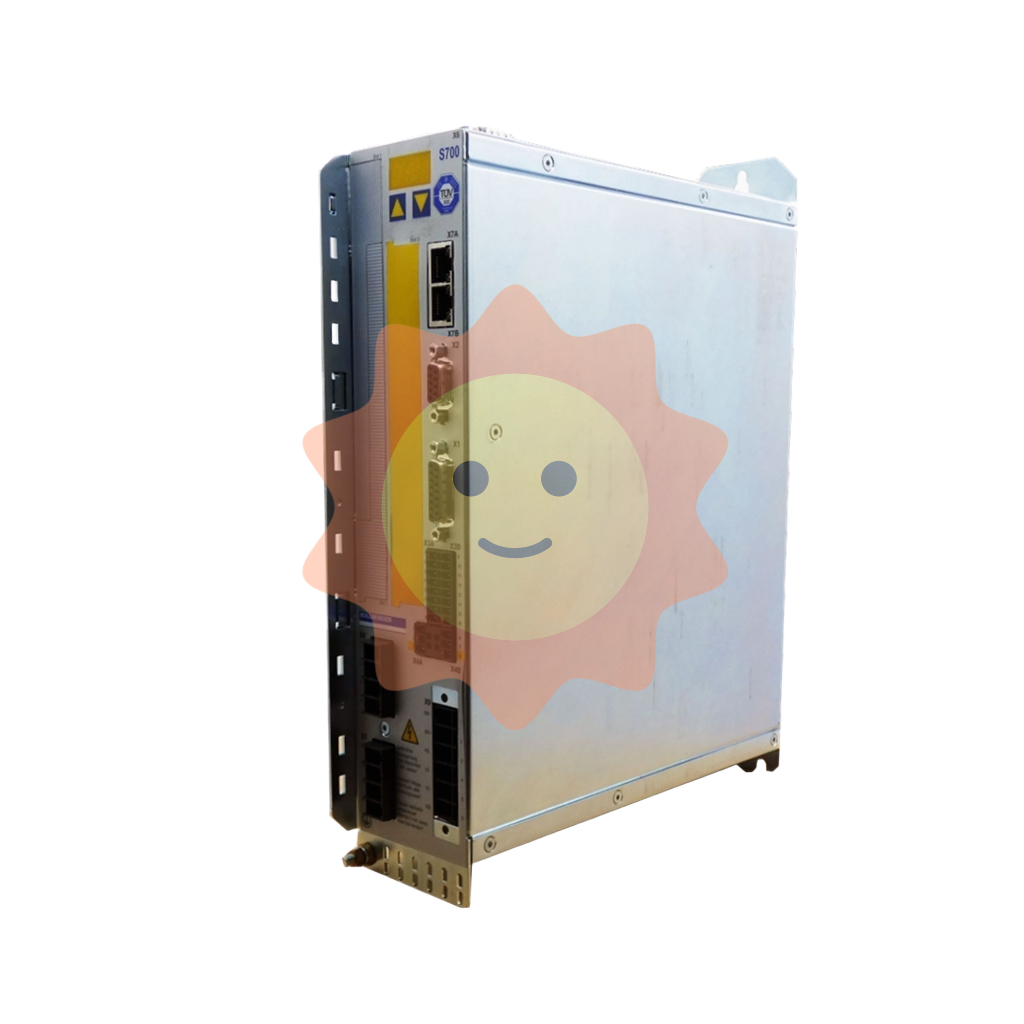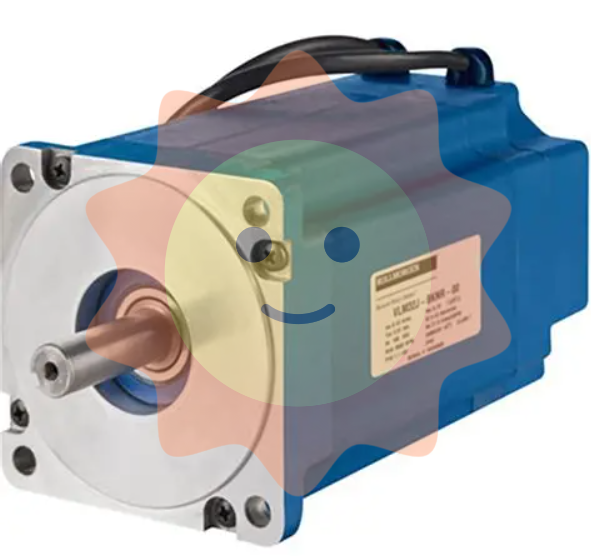Boom degree differentiation, the rise of new energy
2.3 Catalyst: Technological innovation breaks industry barriers, and domestic substitution accelerates
The full implementation of National six standards accelerates the iteration of vehicle renewal, and the market demand for exhaust gas catalysts is broad. At present, the world has formed the European Union, the United States, Japan three major automobile emission standards system, China's automobile emission standards mainly continue the European Union emission standards framework. The national six standard is equivalent to the excessive standard of the national five to the national six standard, and the national six standard is the real meaning of the national six standard. From July 1, 2019, China's heavy natural vehicles have taken the lead in implementing the national six a emission standard nationwide, and the national six b emission standard will be implemented on January 1, 2021. All heavy duty vehicles will meet the National VI b standard by January 1, 2023, and all light duty vehicles will meet the National VI b standard by July 1, 2023. In addition, China's national VI b standard is also one of the most stringent emission standards in the world at present, from the domestic level, the heavy truck, relative to the national V standard, the limit value of the national VI standard is 460/, compared with the national V down 77%, the light truck, the limit value of the national VI is 35/, compared with the national V down 42%; From the global level, the international system of standards, the Euro 6 standard for diesel engine emissions of nitrogen oxides limit of 80/, loose in our country's six standards, the United States 3 for nitrogen oxide emissions limit of 12.4/, nearly 65% lower than our country's six standards. In the future, diesel vehicles that do not meet the national six emission standards will withdraw from the market step by step, and this part of the market space will be carried by diesel vehicles that meet the national six emission standards, so the new diesel vehicles have a strong demand for molecular sieve exhaust gas purification catalysts, and overall, the automotive exhaust catalyst market space is huge.

The tail gas catalyst market industry concentration is high, international enterprises monopolize the market, domestic enterprises strive to catch up, and domestic substitution is accelerated. According to the research report released by Markets and Markets, the world's major pollution emission control catalyst manufacturers include Germany's BASF, the United Kingdom's Johnson Matthey, Belgium's Meike, Japan's Kotra, and China's platinum subsidiary Guiyan Catalysis and Zhongzi Technology. Global environmental catalyst market concentration is high, according to the China Technology prospectus, BASF, Johnson Matthey, Grace technology three international giants accounted for more than 70% of the global share, China's main environmental catalyst manufacturers include China catalyst, China technology, Wanrun shares and so on. Due to the high technical threshold of environmental protection catalyst, and the history of China's exhaust emission standards lag behind the United States, Japan, the European Union and other emission standards, so that the technology and product reserves of foreign giants are often ahead of domestic emission standards a generation or more, and the implementation of strict technical blockade. However, with the rapid upgrading of China's emission regulations from following foreign advanced standards to synchronous or even ahead of foreign advanced standards, while after a long period of technology accumulation and product catch-up, the gap between domestic catalyst manufacturers' technology and products and foreign giants has gradually narrowed. The performance of some products of some domestic manufacturers has been able to match or even exceed the similar products of foreign giants, and has been more widely used in the products of China's leading engine manufacturers. At present, the market competitiveness of domestic environmental protection catalyst manufacturers has gradually increased, and the localization process of environmental protection catalyst market will gradually accelerate.
The catalyst industry has been highly valued by governments at all levels and the key support of national industrial policies. The rapid changes in the competitive pattern of the international market, as well as the increasing awareness of the ecological environment and health of residents, have put forward higher requirements for the sustainable development of the industry, energy conservation and emission reduction, low-end production capacity and industrial upgrading. The state has successively introduced a number of policies to enhance the strategic position of the catalyst industry and encourage the development and innovation of the catalyst industry. Industrial policies such as the Guidance Catalogue for Industrial Structure Adjustment (2019 table), the Development Guide for New Materials Industry, and the Special Plan for National Basic Research in the 13th Five-Year Plan have provided clear and broad market prospects for the development of the catalyst industry.
- EMERSON
- Honeywell
- CTI
- Rolls-Royce
- General Electric
- Woodward
- Yaskawa
- xYCOM
- Motorola
- Siemens
- Rockwell
- ABB
- B&R
- HIMA
- Construction site
- electricity
- Automobile market
- PLC
- DCS
- Motor drivers
- VSD
- Implications
- cement
- CO2
- CEM
- methane
- Artificial intelligence
- Titanic
- Solar energy
- Hydrogen fuel cell
- Hydrogen and fuel cells
- Hydrogen and oxygen fuel cells
- tyre
- Chemical fiber
- dynamo
- corpuscle
- Pulp and paper
- printing
- fossil
- FANUC
- Food and beverage
- Life science
- Sewage treatment
- Personal care
- electricity
- boats
- infrastructure
- Automobile industry
- metallurgy
- Nuclear power generation
- Geothermal power generation
- Water and wastewater
- Infrastructure construction
- Mine hazard
- steel
- papermaking
- Natural gas industry
- Infrastructure construction
- Power and energy
- Rubber and plastic
- Renewable energy
- pharmacy
- mining
- Plastic industry
- Schneider
- Kongsberg
- NI
- Wind energy
- International petroleum
- International new energy network
- gas
- WATLOW
- ProSoft
- SEW
- wind
- ADVANCED
- Reliance
- YOKOGAWA
- TRICONEX
- FOXBORO
- METSO
- MAN
- Advantest
- ADVANCED
- ALSTOM
- Control Wave
- AB
- AMAT
- STUDER
- KONGSBERG
- MOTOROLA
- DANAHER MOTION
- Bently
- Galil
- EATON
- MOLEX
- Triconex
- DEIF
- B&W
- ZYGO
- Aerotech
- DANFOSS
- KOLLMORGEN
- Beijer
- Endress+Hauser
- MOOG
- KB
- Moxa
- Rexroth


Email:wang@kongjiangauto.com


































































































